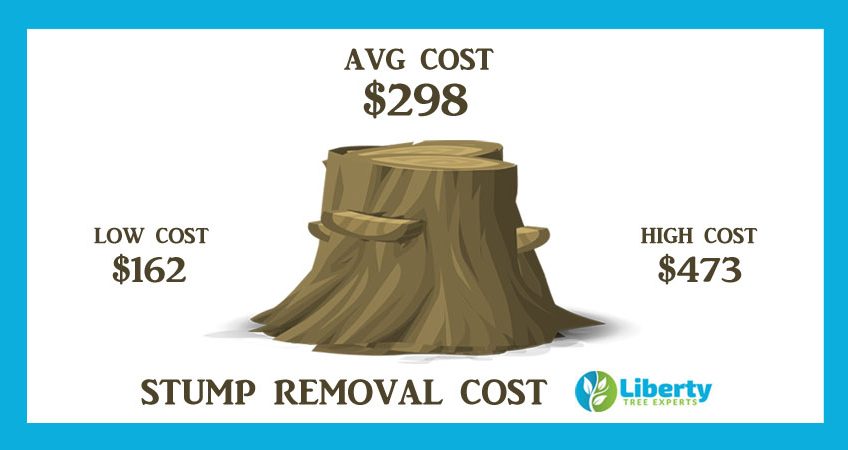Typically, a fruit tree will cost $945 over its first four years of life with proper maintenance and labor factored in. Let's take a look at the costs in a year-by-year breakdown.
Year One Costs:
- Two apple trees: $50.
- Planting labor: $20.
- Sprayer: $25.
- Spray materials: $45.
- Lopper for pruning: $45.
- Ten-foot tripod ladder: $130.
- Hand shears: $25.
- Handsaw: $30.
Year Two Costs:
- Three insecticide sprays (labor included): $30.
- Two fungicide sprays (labor included): $20.
- Training and pruning (labor included): $20.
- Fruit thinning (labor included): $20.
- Fall cleanup: $20.
- Four pheromone lures and traps: $30.
- Fertilizer: $10.
Year Three Costs:
- Three insecticide sprays (labor included): $30.
- Fungicides: $30.
- Two fungicide sprays (labor included): $20.
- Training and pruning (labor included): $20.
- Fruit thinning (labor included): $20.
- Fall cleanup: $20.
- Four pheromone lures and traps: $30.
- Tree netting: $25.
Year Four Costs:
- Four pheromone lures and traps: $30.
- Three insecticide sprays (labor included): $30.
- Fall cleanup: $20.
- Fertilizer: $10.
- Insecticides and fungicides: $40.
- Two fungicide sprays (labor included): $20.
- Training and pruning (labor included): $20.
- Fruit thinning (labor included): $20.

